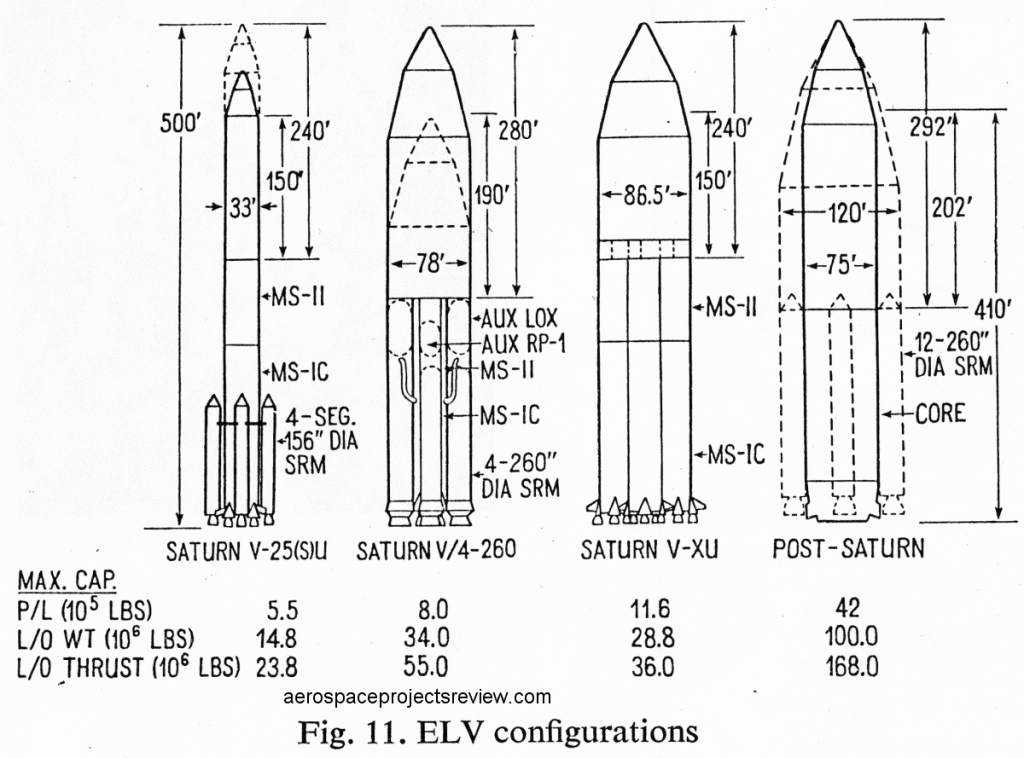On the list of the hazards to manned spaceflight – and to photovoltaic arrays and integrated circuits – are the Van Allen radiation belts. These belts, from about 1000 km to 60,000 km above the surface, are the results of the Earths magnetosphere snagging energetic electrons blasted from the sun and protons that are the result of cosmic rays smacking the upper atmosphere. The electrons form a high beta radiation flux, enough to fry unshielded electronic and humans who spend too much time there. This flux is high enough that satellite being shot into higher orbits have a good fraction of the lifetime degradation of their solar arrays done just in the few hours it takes to transit the belts. The belts consume a vast volume of real estate that I’m sure a lot of satellites would love to occupy. But what can be done?
Well… drain ’em, apparently.
Tethers Unlimited, a company co-founded by the late physicist Robert Forward (who I had the chance to meet a few times), studied the use of conductive tethers to sweep out regions of the belts. By charging the tethers to a high voltage, electrons would be kicked away at high speed, enough to leave the belts permanently. I don’t know whether this would work, but it seems feasible, and I can’t see how it would have any real “environmental” effects. The only thing that occurs to me: it seems the electrons would be kicked away in essentially random directions, some up, some down. So… if they launched a couple dozen of these things, they’d be swinging through the sky, blasting electrons every which way. So at twilight, you could look up into the darkening (or lightening) sky and see a miles-long tether, brightly lit by the sun, cruising overhead. And deeper into darkness, after the tethers themselves are in darkness, might you still be able to detect them? Perhaps you wouldn’t see the tethers directly, but the electrons that they kick *down* would smack into the upper atmosphere and create faint aurora. A faint circle of auroral glow? A comet-tail? Dunno…
In any event, these things would not be in permanent operation, but periodic. The electrons that populate the belts are injected into it by solar flares and such; drain the belts, and it may well take a good long time for them to fill back up again.






















